
Basil, with its distinctive aroma and vibrant flavor, is a beloved herb in various culinary traditions. However, there may be instances when you find yourself in need of a good substitute for fresh or dried basil leaves. Whether you’re facing a shortage in your pantry or simply looking to experiment with different flavors, fear not! In this blog post, we’ll uncover some fantastic alternatives in place of basil. These options can infuse your recipes with similar herbaceous notes and elevate your culinary creations.
What is Basil Exactly
Basil is a culinary herb known for its distinctive aroma, flavor and leafy greens. Scientifically known as Ocimum basilicum, it belongs to the Lamiaceae family. This family also includes other herbs like fresh mint, rosemary, and sage. Basil is native to tropical regions of Asia, specifically India. But it is widely cultivated and enjoyed in cuisines around the world.
The basil plant typically grows as an annual, with soft, green leaves that are oval-shaped and slightly pointed. The leaves are smooth and often have a glossy appearance. Depending on the variety, basil leaves can range in size from small to large. They may have serrated or smooth edges.
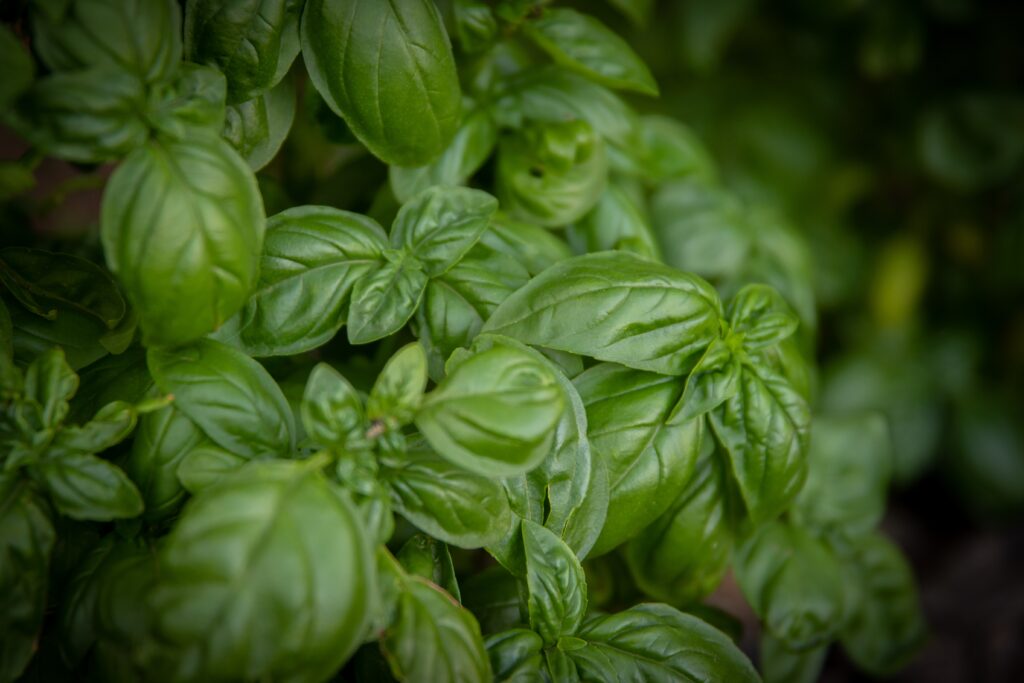
What Does Basil Smell Like
Basil is treasured for its aromatic qualities. When the leaves are crushed or torn, they release a fragrant aroma. The aroma is often described as sweet, peppery, and slightly reminiscent of anise or cloves. This aroma is a result of the essential oils present in the fragrant herb, which give the herb its distinctive scent and flavor.
What Does Basil Taste Like
In terms of flavour, basil is known for its fresh, herbaceous, and slightly sweet taste. The distinct flavor profile can vary slightly depending on the variety of basil, with some being more intense and peppery. While others have a milder and sweeter taste. Common varieties include sweet basil, Thai basil, lemon basil, and holy basil. They each offer their own unique flavour characteristics.
What is Basil Used For
Basil is a common herb widely used in various cuisines. Particularly in Mediterranean cuisine, Italian dishes, Thai, and Vietnamese cooking. It is a key ingredient in popular dishes like pesto sauce, Caprese salad, tomato-based pasta sauces (like Marinara Sauce), salad dressings, and many other savoury recipes. Basil also pairs well with fruits. This makes it a delightful addition to fruit salads, infused waters, and baked goods. For example these Orange and Basil Scones!
Health Benefits of Basil
Beyond its culinary uses, basil leaf has been valued for its potential health benefits. It is known to contain vitamins A, K, and C, as well as minerals like iron and calcium. Basil also contains compounds with antioxidant and anti-inflammatory properties.
Different Varieties of Fresh Basil
Fresh basil comes in various delightful varieties, each with its own unique flavour profile, aroma, and appearance. Here are some popular varieties of fresh basil:
- Sweet Basil (Ocimum basilicum): Sweet basil is the most common and widely recognized variety. It has large, tender, and bright green leaves with a subtly sweet and slightly peppery flavour. Sweet basil is a staple in Mediterranean and Italian cuisines. Commonly used in dishes like Caprese salad, pesto sauce, pasta sauces, and tomato-based recipes.
- Genovese Basil: Genovese basil is a specific cultivar of sweet basil, highly prized for its intense aroma and flavour. It is the preferred basil variety for making traditional Italian pesto. Genovese basil has a strong, sweet, and clove-like taste, making it a versatile herb for a range of recipes. For example, pasta dishes.
- Thai Basil (Ocimum basilicum var. thyrsiflora): Thai basil is commonly used in Southeast Asian cuisine, particularly Thai cooking, Vietnamese, and Laotian dishes. It has smaller, pointed leaves with purple stems. It has a unique anise-like flavour with hints of licorice and mint. Thai basil adds a spicy, sweet, and slightly spicy note to thai dishes; like stir-fries, curries, soups, and salads.
- Lemon Basil (Ocimum basilicum var. citriodorum): As the name suggests, lemon basil offers a citrusy twist to the traditional basil flavour. It has bright green leaves with a refreshing lemony aroma and taste. Lemon basil is a great addition to seafood dishes, fruit salads, teas, and desserts, as it imparts a bright and tangy flavour.
- Holy Basil (Ocimum tenuiflorum): Also known as Tulsi, holy basil is highly regarded in Indian Ayurvedic medicine and has religious significance in Hindu culture. It has small, slender leaves with a strong and complex aroma that combines peppery, clove-like, and slightly spicy notes. Holy basil is used in teas, herbal remedies, and Indian cuisine, including curries, chutneys, and soups.
- Purple Basil: Purple basil is an ornamental variety with deep purple leaves that add a visually striking touch to dishes. It shares a similar flavour profile to sweet basil but with a slightly more intense taste. Purple basil can be used as a garnish, in salads, and in creative culinary presentations.
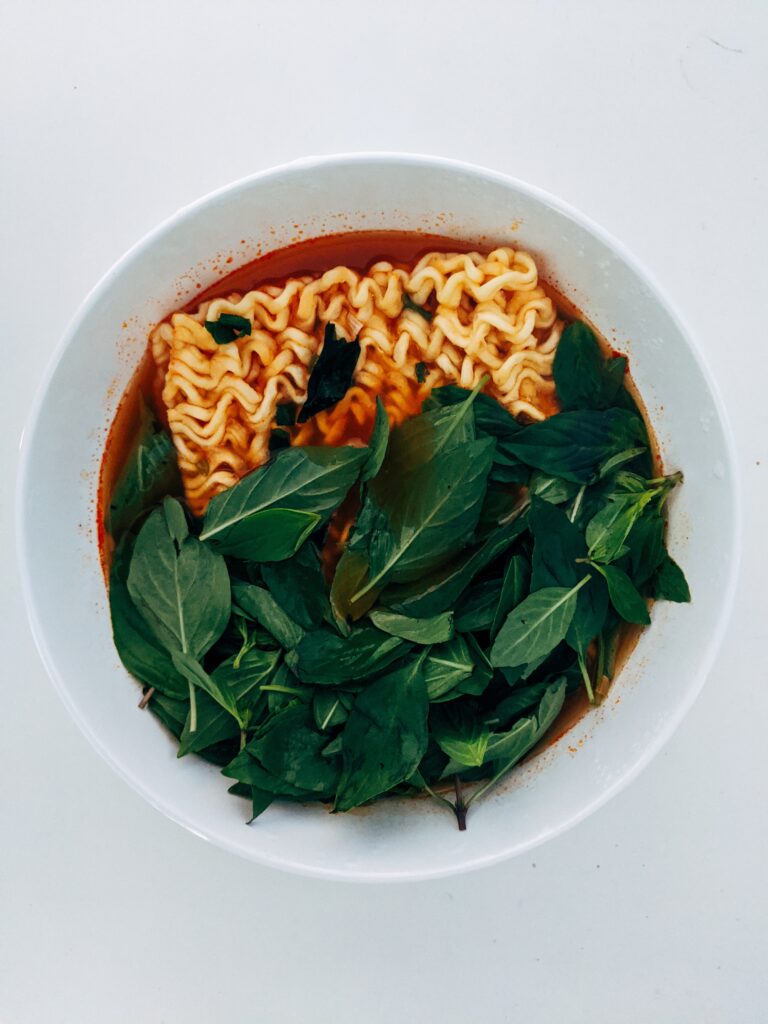
These are just a few examples of the diverse range of fresh basil varieties available. Each variety brings its own distinct characteristics and can impart a unique flavour and visual appeal to your dishes. Experimenting with different basil varieties allows you to explore and enhance the flavours of various cuisines, adding depth and complexity to your culinary creations.
Fresh Basil Leaves Vs Dried Basil: What’s the Difference?
Fresh basil leaves and dried basil are two different forms of the same herb, each with its own unique characteristics. Here’s a comparison between fresh basil leaves and dried basil:
- Flavour: Fresh basil leaves have a more vibrant and pronounced flavour compared to dried basil. The essential oils in fresh basil contribute to its distinct aroma and robust taste.Dry basil, on the other hand, has a more concentrated flavour profile and can be slightly milder in comparison. The drying process can cause some loss of flavour intensity.
- Aroma: Fresh basil leaves have a strong and aromatic scent that is instantly recognizable. The aroma is fresh, herbaceous, and slightly sweet. Dried basil retains some of the aromas but may not be as potent as fresh basil.
- Culinary Uses: Fresh basil is often used in dishes that benefit from its bright flavour and aroma. It is commonly added to salads, pasta sauces, soups, and pesto. The leaves can be torn or chopped and added near the end of cooking to preserve their flavour. Dried basil is suitable for recipes that require longer cooking times, such as stews, sauces, and marinades. It can also be used as a seasoning in spice blends or as a garnish on various recipes.
- Texture: Fresh basil leaves have a tender and delicate texture. They can wilt quickly when exposed to heat or prolonged cooking. Dried basil has a crumbly texture due to the removal of moisture during the drying process.
- Availability and Storage: Fresh basil leaves are available in most grocery stores and can be grown in herb gardens. They are best used soon after purchase or harvest since they have a shorter shelf life. Dried basil, on the other hand, is widely available and has a longer shelf life, making it a convenient pantry staple.
- Conversion: When substituting dried basil for a fresh basil replacement in a recipe, it is generally recommended to use about one-third of the amount called for fresh basil. Dried basil is more concentrated, so a smaller amount of basil is needed to achieve a similar flavour. Starting with that ratio is a good rule of thumb, then adjust if necessary.
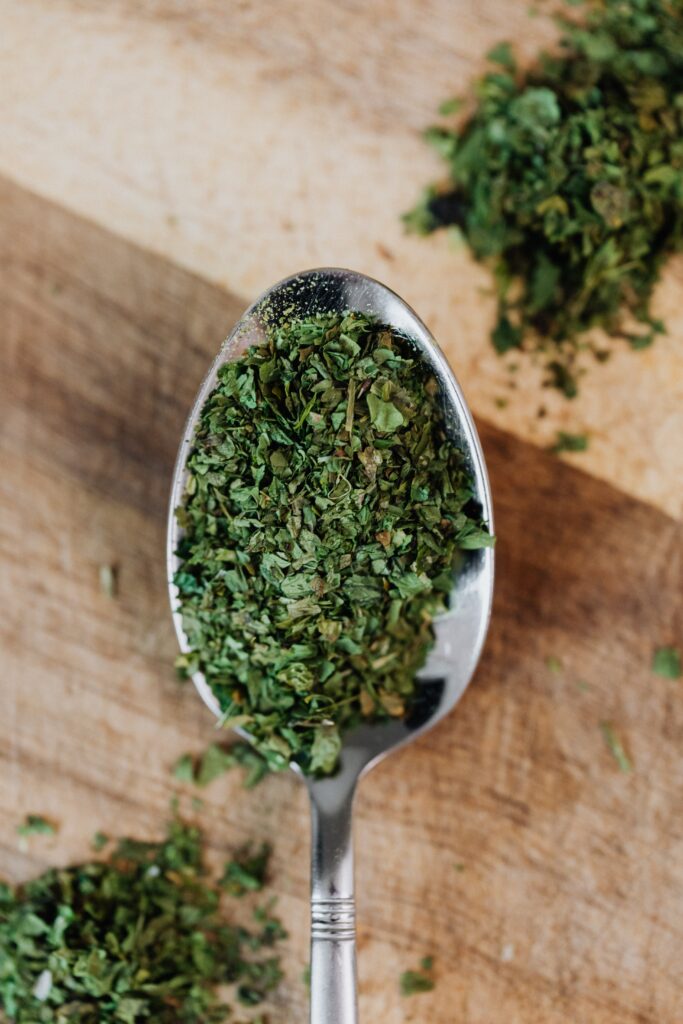
While fresh basil is often preferred for its vibrant flavour, dried basil can be a practical alternative when fresh basil is not readily available. Both forms have their merits and can be used effectively in different culinary applications. Experimentation and personal preference play a role in determining which form to use in a specific recipe.
Recipes with Basil
Basil is one of my favourite garden herbs to incorporate into my cooking, as it adds a burst of fresh and aromatic flavour to a wide range of dishes. From Italian classics to refreshing salads and even sweet treats, basil brings a delightful twist to my favourite recipes. Here are a few that I’m loving right now that you should try!
How To Choose A Basil Substitute
Choosing a substitute, whether you’re looking for a fresh basil substitute or a dried basil substitute, will depend on the specific flavour and aroma profile you desire in your recipe. Here are some factors to consider when selecting a basil substitute:
- Flavor Profile: Determine the primary flavour notes of basil that you want to replicate or complement in your dish. Basil has a unique combination of herbaceous, slightly sweet, and peppery flavor. Consider whether you want a similar flavour or if you’re open to exploring a more pungent flavor or different taste profiles.
- Recipe Compatibility: Consider the type of dish you’re preparing and how well the substitute will complement the other ingredients. Some substitutes work better in specific cuisines, like Mediterranean dishes, or even flavour combinations. For example, oregano is a good option and a suitable alternative in Italian recipes, while mint pairs well with fruit-based dishes.
- Intensity: Determine whether you want a substitute with a similar intensity to basil or something milder or stronger. Basil substitutes can vary in potency, so it’s essential to choose one that will not overpower or get lost in your recipe.
- Aroma: Take into account the aroma of basil and how it contributes to the overall sensory experience. Some substitutes may have a similar or complementary aroma, while others might offer a distinct fragrance that adds a new dimension to your dish.
- Personal Preference: Consider your own taste preferences and culinary experimentation. Some substitutes may be more commonly used, while others offer a unique twist. Don’t be afraid to try something new and tailor the substitute to your own liking.
How to Substitute Dried Basil for Fresh
When substituting dried basil for fresh basil in a recipe, it’s important to consider the potency and concentration of flavours in dried herbs. Here’s a general guideline for substituting dried basil for fresh:
- Conversion ratio: As a rule of thumb, you can use approximately one-third of the amount of dried basil compared to fresh basil. This is because dried herbs are more concentrated in flavour. For example, if a recipe calls for 1 tablespoon of fresh basil, you can use 1 teaspoon of dried basil instead.
- Adjust for potency: Depending on the quality and potency of your dried basil, you may need to adjust the amount to achieve the desired flavour. Start with the recommended conversion ratio, taste the dish, and then add more dried basil if needed. Remember that dried herbs release their flavours more slowly during cooking, so allow the dish to simmer or cook for a while before adjusting the seasoning.
- Rehydrate the dried basil (optional): If your recipe involves a liquid component, you can choose to rehydrate the dried basil before using it. Simply soak the dried basil in a small amount of warm water for a few minutes to rehydrate it. Drain off any excess liquid before adding the rehydrated basil to your dish.
- Crush or grind the dried basil: Dried herbs can have a slightly coarser texture compared to fresh herbs. To ensure better dispersion of the dried basil’s flavours, you can crush or grind it into a finer powder before adding it to your recipe. This will help release the aromatic oils and distribute the flavour more evenly.
- Consider timing: Keep in mind that dried basil requires a longer cooking time to release its flavours compared to fresh basil. Add dried basil earlier in the cooking process, particularly if your dish requires simmering or slow cooking. This allows the flavours to meld and infuse into the other ingredients.
Important note
It’s important to note that while dried basil can provide a hint of the basil flavour, it won’t offer the same vibrant aroma and freshness as fresh basil. Dried basil is a suitable substitute in recipes where the flavour can withstand the intensity of the dried herb or when fresh basil is not available. However, if fresh basil is a key component of the recipe and integral to the overall taste, it is best to use fresh basil whenever possible.
Best Basil Substitutes: The Top 5 Alternatives
Here’s a list of my top basil alternatives to use in a variety of dishes. Most of these items are pantry staples, making them simple options to consider.
Italian Seasoning
If you’re seeking a convenient and readily available alternative to basil, Italian seasoning blend is a fantastic option. Typically comprising a blend of dried herbs such as oregano, thyme, rosemary, and basil itself, Italian seasoning can deliver a harmonious and familiar flavour profile to your recipes. While it may not replicate the exact taste of fresh basil, it adds a savoury depth that complements a wide range of dishes, from pasta sauce, fish dishes and meat dishes, to roasted vegetables.
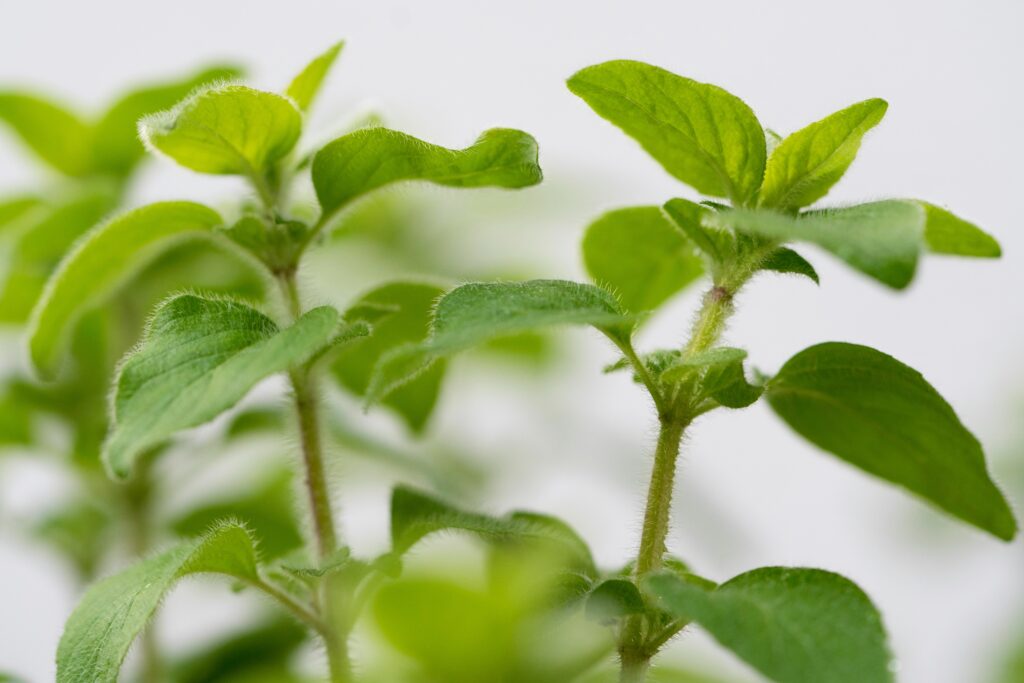
Oregano
A member of the mint family, fresh oregano possesses its own distinct and unique flavor profile that can be an excellent substitute for basil leaves. This aromatic herb is known for its slightly bitter, earthy flavor and peppery taste, oregano adds a robust and earthy element to your dishes. It works particularly well in Italian cusine and Mediterranean dishes, offering a complementary flavour that can stand out in herb-infused olive oil, pizza sauces or tomato sauce, or tomato-based dishes.
Parsley
Parsley, with its fresh and slightly peppery flavour, is another versatile herb that can be a great alternative to basil. While fresh parsley doesn’t possess the same anise-like notes as basil, it brings a vibrant and herbaceous quality to recipes. Its bright green colour and mild taste make it an ideal garnish and ingredient for salads, soups, and marinades. Combine it with other herbs like oregano or thyme to create a well-rounded substitute for basil in your dishes.
Mint
Though typically associated with sweet or refreshing beverages, mint can surprise you as a substitute for basil leaves. Its aromatic and cooling properties can add a unique twist to your recipes, particularly those that have a hint of sweetness. Mint can provide a delightful contrast in fruit salads, smoothies, cocktails, and even savoury dishes like curries and stews. It’s minty flavor is bright and invigorating aroma can lend a fresh and unexpected dimension to your culinary creations.
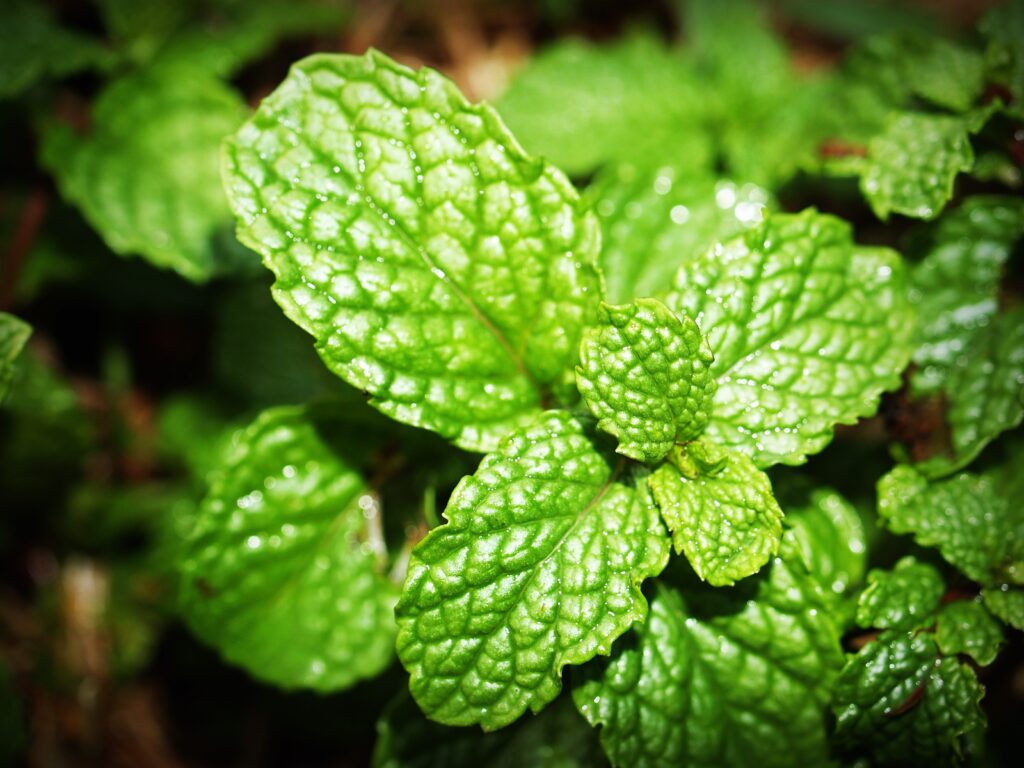
Herb Blends
Sometimes, the best way to substitute basil leaves is to explore herb blends that include basil as one of their components. Herbs like Herbes de Provence, fines herbes, or even pesto sauce (which contains basil as a key ingredient) can be excellent alternatives. A dried version of these blends offer a medley of flavours that often include basil, allowing you to maintain some of its essential qualities while adding a complexity that enhances your dishes.
Other Options to Consider
Spinach
While spinach may not have the exact flavor profile of basil, it can be a versatile alternative in certain dishes. Spinach leaves offer its own set of benefits, including its mild and earthy taste, as well as its rich nutrient content. When used as a substitute for basil, spinach is a great option can add a vibrant green colour and a hint of freshness to recipes. It’s subtle flavors work particularly well in pesto sauce, where it contributes a unique flavor and boosts the nutritional value. Fresh spinach can also be used as a leafy green replacement in salads, sandwiches, and wraps, providing a nutritious and flavorful twist. While it may not replicate the distinct taste of basil, spinach can be an excellent substitute, adding its own distinctive qualities to elevate your culinary creations.
Celery Leaves
Celery leaves can serve as a surprising alternative for basil in certain culinary applications. Although they have a different flavor profiles, celery leaf can offer a subtle and herbaceous taste that can complement various dishes. With a mild, slightly bitter, and refreshing flavor, they can be used as a substitute for basil in salads, soups, and sauces. The bright green color and delicate texture of celery leaves make them an attractive garnish as well. While celery leaves may not replicate the specific aroma and flavor of basil, they provide a unique twist and an interesting layer of taste that can enhance the overall culinary experience.
Conclusion
While fresh and dried basil leaves undoubtedly have their unique charm, there are various substitutes that can transform your recipes with equally delightful flavors. Whether you reach for Italian seasoning, oregano, parsley, mint, or explore herb blends, each alternative brings its own distinct character to your dishes. Embrace these substitutes with an open mind, and let your culinary experiments create new and exciting flavors. Remember, versatility in the kitchen leads to culinary discoveries and delights. Happy cooking!

Christopher is a food and lifestyle expert, recipe developer and the content creator behind May Eighty Five. With years of experience in the kitchen, he also shares tips, tricks and how to’s that he has learnt over the years. Every week, he shares quick, simple and mostly healthy recipes along with some home and entertaining tips. You will find flavorful cocktails, delicious appetizers, tasty mains and some indulgent desserts. As a home decor enthusiast, he also likes to share simple DIY projects and simple tips for a beautiful home.



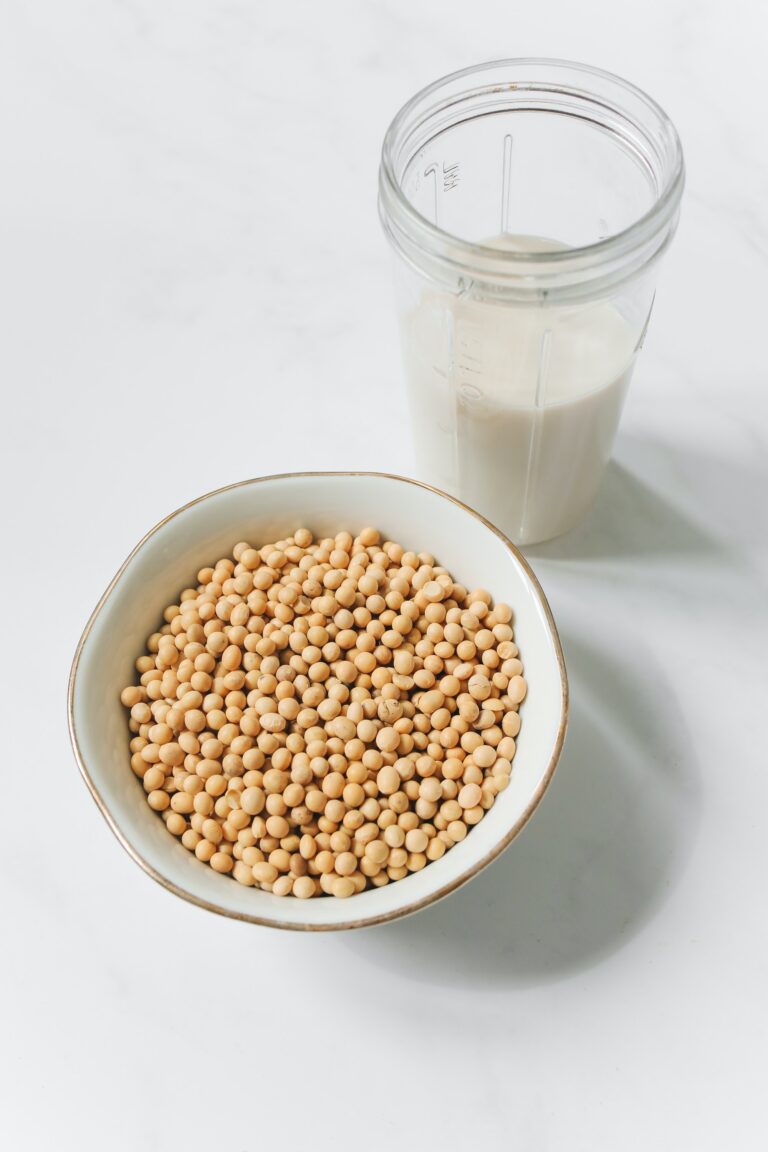
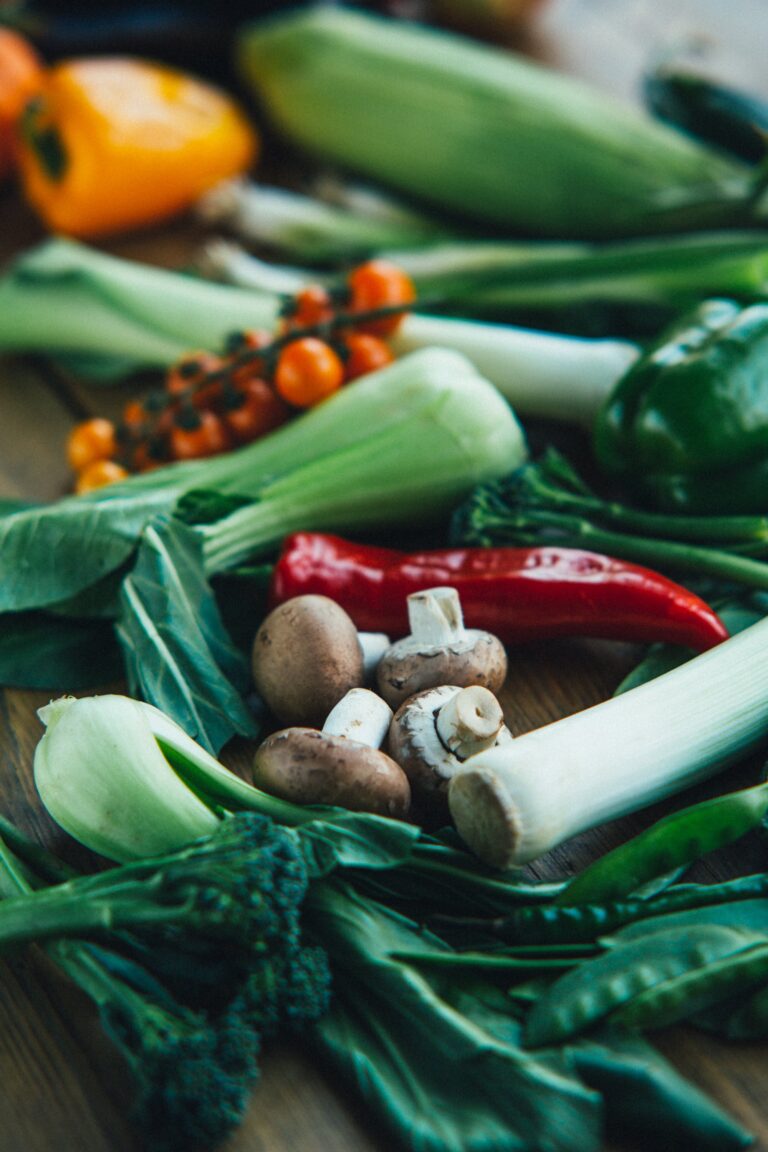

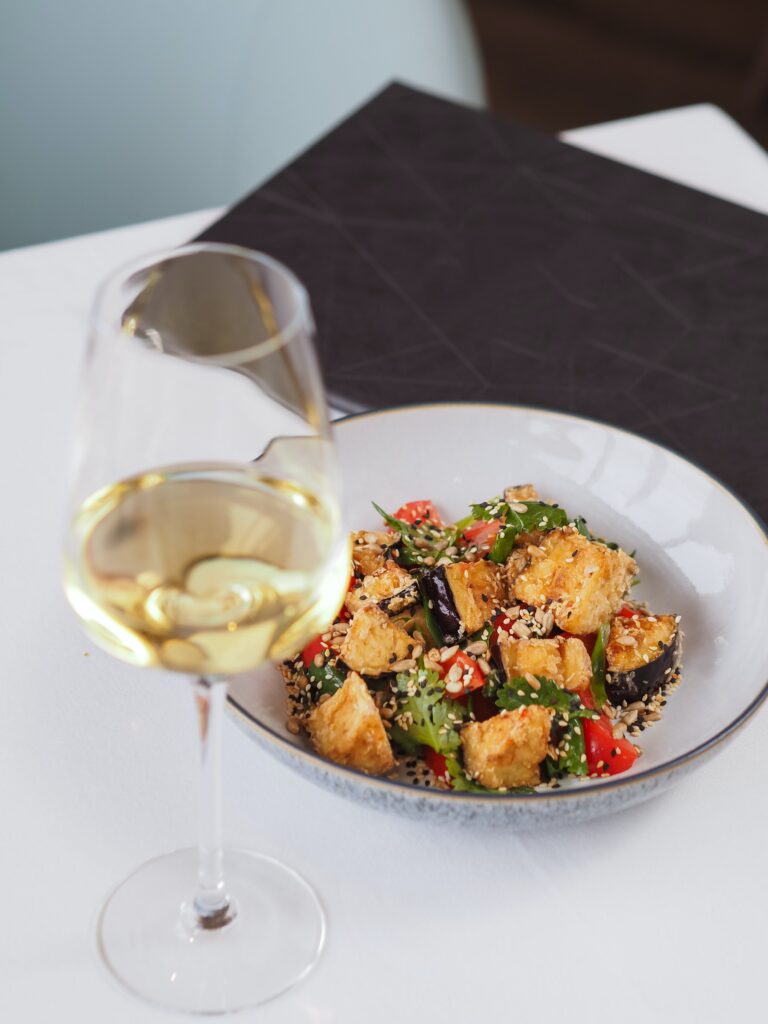
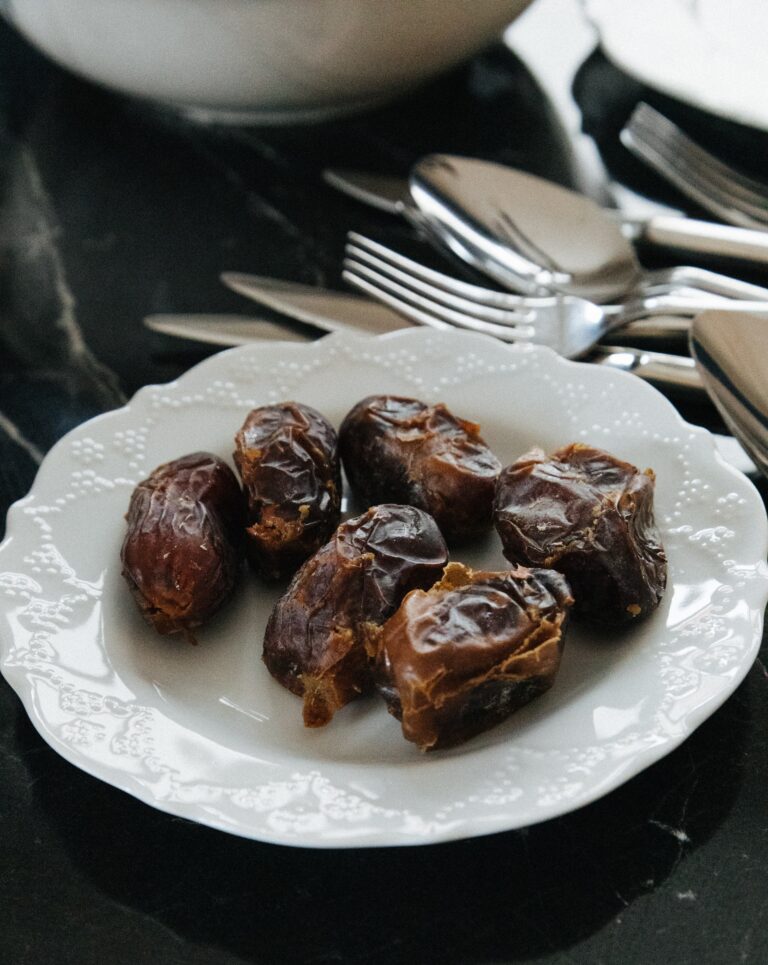
35 Comments